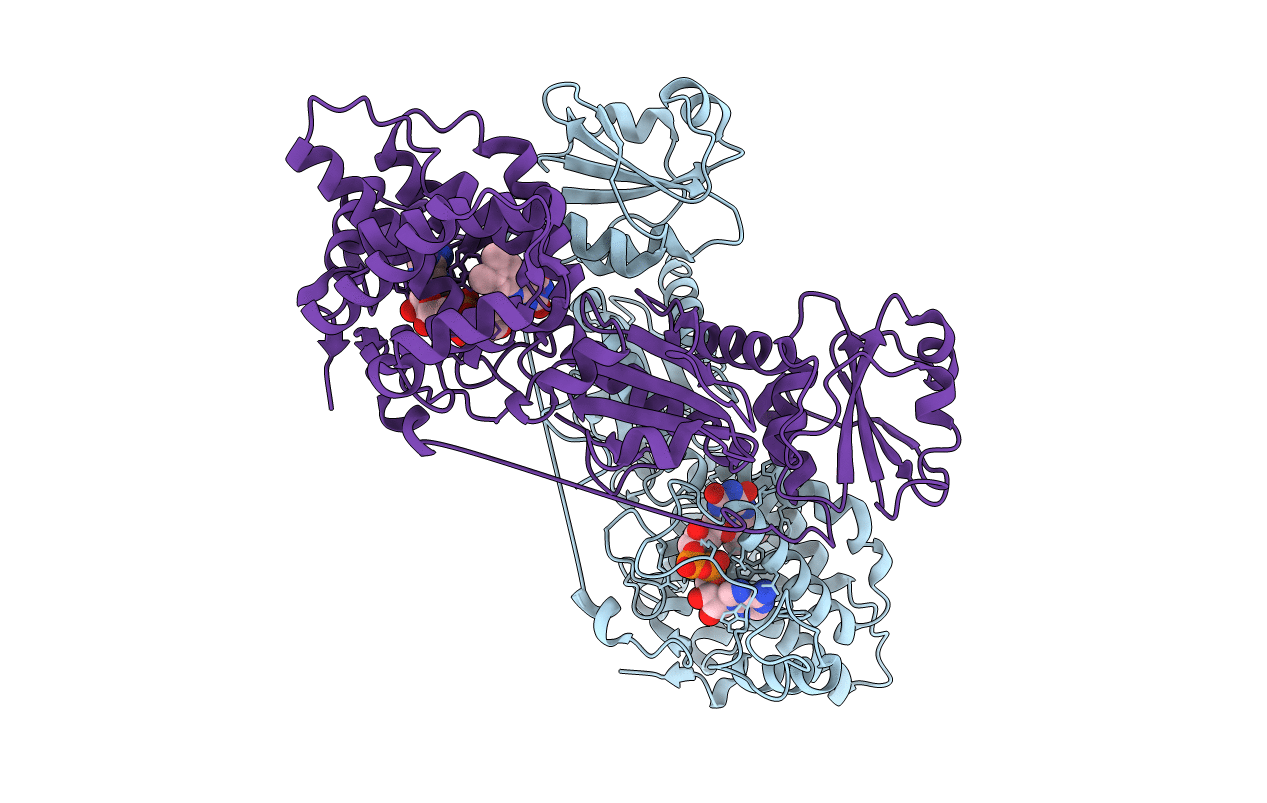
Deposition Date
2014-03-04
Release Date
2014-06-25
Last Version Date
2024-11-13
Method Details:
Experimental Method:
Resolution:
2.90 Å
R-Value Free:
0.24
R-Value Work:
0.17
R-Value Observed:
0.18
Space Group:
P 21 21 2


